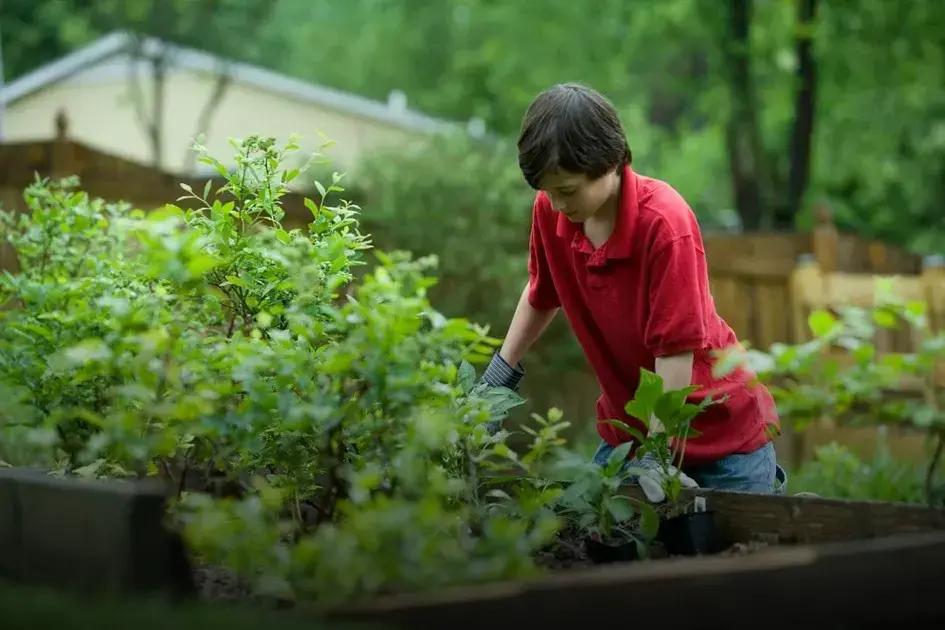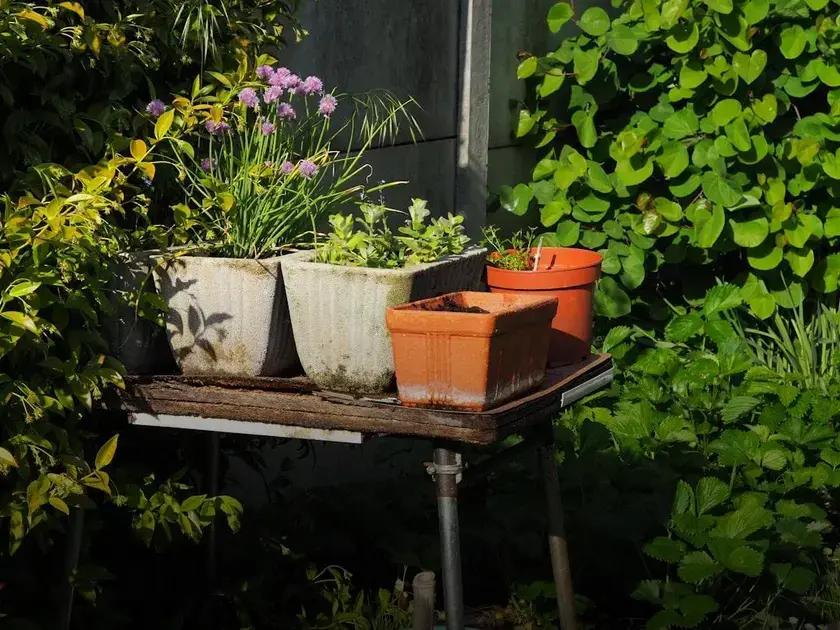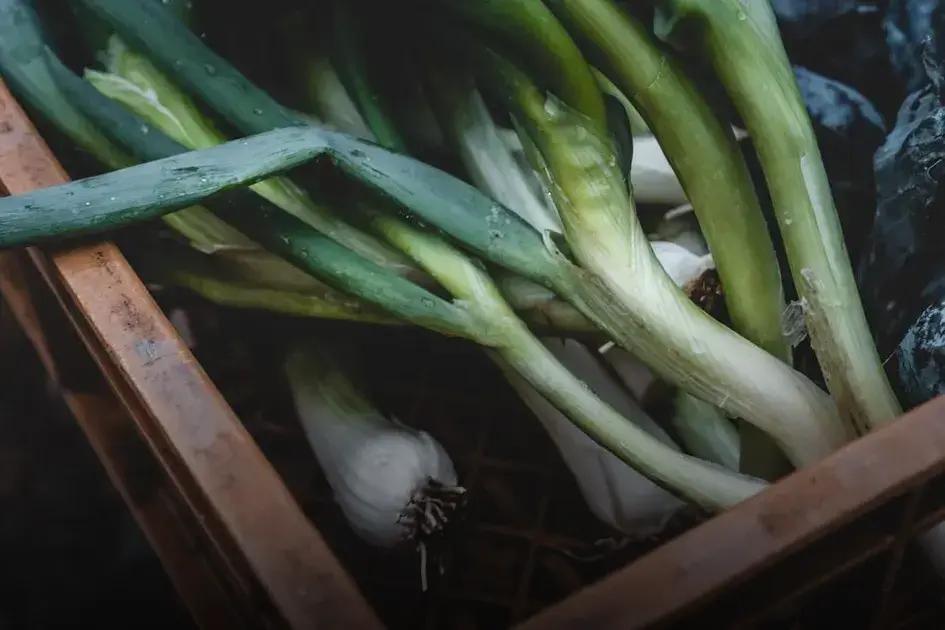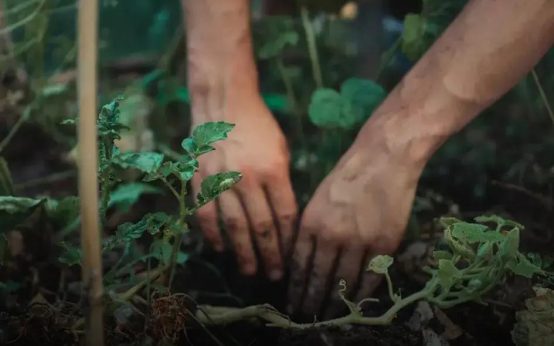Reviving dying plants can seem daunting, but with the right steps, your plants can thrive again. To start, first assess their water needs and soil conditions. Ensuring adequate light exposure is vital. Also, look for pests and diseases, and finally, make sure the pot and drainage are appropriate. Following this guide will increase your plants’ survival chances.
Assessing Water Requirements
One of the crucial steps in reviving plants is to assess their water requirements. Checking the moisture level of the soil is essential. Insert your finger or a moisture meter into the soil about an inch deep to determine its wetness. If the soil feels dry, you might need to increase watering, but if it feels soggy, reduce water frequency to prevent root rot.
Consider the type of plant and its specific needs. Some plants require more water than others and understanding these needs can be vital for their survival. Always use a pot with adequate drainage holes to prevent water accumulation.
Climate and environmental factors also play a role; plants in hot, dry climates may need more frequent watering than those in humid or cooler areas. Seasonal changes might affect water requirements as well.
Inspecting Soil Conditions

To ensure your plants thrive, it’s crucial to inspect soil conditions. Start by examining the texture. A well-balanced soil should feel crumbly and light, allowing roots to access oxygen and nutrients effectively. If the soil is too compacted, it may hinder root growth and water absorption.
Next, check for moisture levels. Gently stick your finger about an inch into the soil. It should feel slightly damp, but not wet. Overly wet soil can lead to root rot, while dry soil may cause nutrient deficiencies. Consider using a moisture probe for more accurate readings.
Identify if the soil is supporting healthy microbial activity. The presence of earthworms or a rich, earthy smell indicates a thriving ecosystem, essential for plant health. Amending soil conditions with organic matter, like compost, can enhance its fertility and structure.
Also, test the pH levels of your soil. Most plants prefer a slightly acidic to neutral pH (between 6.0 and 7.0). Use a pH meter or a test kit to check your soil’s acidity or alkalinity. If needed, adjust the pH by adding lime to raise it or sulfur to lower it, helping your plants access essential nutrients.
Remember to remove any debris or dead plant matter from the surface to prevent diseases. These practices ensure that your plants have the best possible start, setting the stage for their recovery and growth.
Checking Light Exposure
Identifying Pests and Diseases

Identifying pests and diseases in plants is crucial for their survival and recovery. Begin by closely examining the leaves, stems, and soil. Look for unusual spots, discolored patches, or stunted growth. Different pests, such as aphids, spider mites, and whiteflies, often cause these symptoms. Check the underside of leaves, where pests commonly hide.
Diseases can present as fungal infections like powdery mildew or root rot. Examine the plant’s texture and color. Yellowing leaves and wilting can be signs of trouble. If possible, use a magnifying glass to inspect more thoroughly for tiny insects or webbing.
Maintain good plant hygiene by removing dead leaves or infected parts. Regular care and observation are key. Using the right fertilizers and plant-friendly insecticides might help alleviate some issues. Stay informed about weather conditions and how they might affect pest activity. Recognizing these signs early can save your plants and ensure they stay healthy and thriving.
Evaluating Pot and Drainage
When it comes to evaluating the pot and drainage, it’s crucial to ensure that the plant’s container is appropriate for its size. A pot that’s too small can restrict root growth, while one that’s too large may lead to overwatering issues.
Check Pot Size and Material
Consider whether the pot material is suitable; some materials like terracotta allow for better airflow, whereas others like plastic might retain more moisture.
Drainage is key to preventing root rot. It’s essential that the pot has adequate drainage holes at the bottom. If water can’t escape, it will pool and suffocate the roots.
Improving Drainage
If necessary, you can increase drainage by adding materials like gravel or broken pottery pieces at the bottom of the pot. Furthermore, ensure the saucer under the pot isn’t retaining water for too long.
Examine the water flow when watering the plant. If the water takes too long to drain, it might be a sign to change the pot or augment its drainage capacity. Regularly inspect the drainage system and maintain it to ensure a healthy plant environment.


 Creating a Relaxing Garden Retreat: Tranquility Awaits
Creating a Relaxing Garden Retreat: Tranquility Awaits  Garden Design Ideas to Transform Your Backyard Today
Garden Design Ideas to Transform Your Backyard Today  Seasonal Gardening: Prepare for Winter Like a Pro!
Seasonal Gardening: Prepare for Winter Like a Pro!